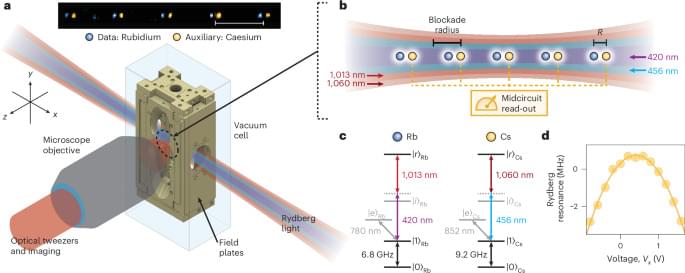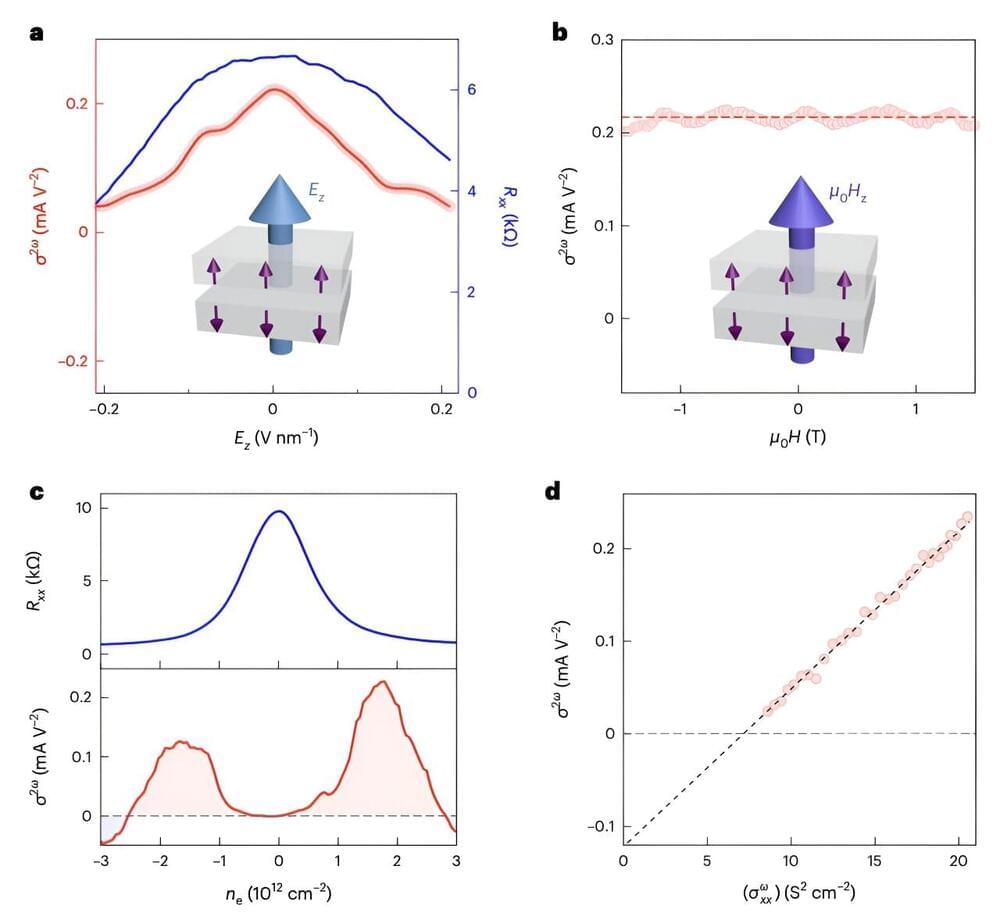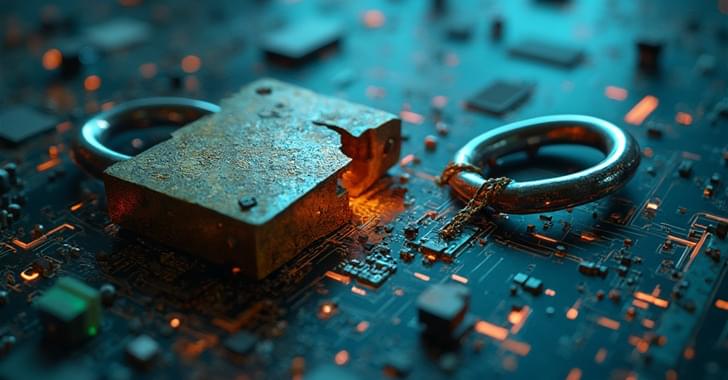Sep 25, 2024
A Person’s Intelligence Limits their Computer Proficiency More than Previously Thought, say Researchers
Posted by Natalie Chan in categories: computing, neuroscience
A new study has found that intelligence, in the form of general cognitive abilities such as perception, thinking and remembering, is more important than hitherto thought at predicting a person’s ability to complete common tasks with a PC. The study was published in the International Journal of Human-Computer Studies in August 2024.
“Our research findings are the first clear proof that cognitive abilities have a significant, independent and wide-ranging effect on people’s ability to use a computer. Contrary to what was previously thought, cognitive abilities are as important as previous experience of computer use,” says Aalto University’s Professor Antti Oulasvirta, who studied human-computer interaction extensively with his team.
The findings have implications for digital equality, say the researchers, because everyday user interfaces have simply become too complex to use. Practice alone is no longer enough, with intelligence becoming an equally critical factor in predicting performance in computer tasks.

















